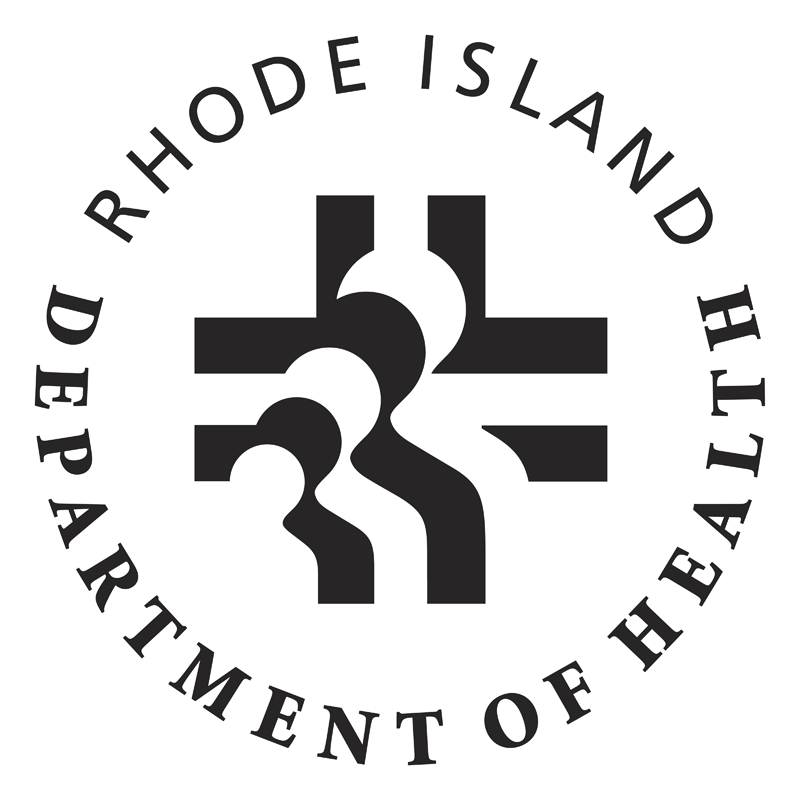 Rhode Island Department of Health
Rhode Island Department of HealthState of Rhode Island
Department of Health
 Rhode Island Department of Health
Rhode Island Department of HealthState of Rhode Island
Department of Health
To understand when and where influenza activity is occurring, to monitor influenza-related illness, outbreaks, hospitalizations, and deaths, and to determine circulating and emerging influenza virus strains.
Geographic spread and activity level of influenza in the state, laboratory test results, and influenza-related hospitalizations and deaths. Influenza-like-illness (ILI) is defined as patients with a fever over 100°F with cough and/or sore throat (unless there is a known cause other than the flu).
Data is collected and analyzed weekly throughout the flu season from October to May.
Last updated: May 24, 2017
Activity is categorized as: No Activity, Sporadic, Local, Regional, or Widespread based on evaluation by the State Epidemiologist according to guidelines established by the Centers for Disease Control and Prevention. more scroll to Category 5)
Notes This data is reported weekly to Centers for Disease Control Prevention by physicians enrolled as "sentinel providers", a group of community-based practices and university health clinics. There are 17 sentinel providers in the 2016-2017 season who report the number and age group of patients with "influenza-like-illness" (ILI) - those with a fever over 100°F, a cough and/or sore throat with no other known cause. Notes Data are preliminary and will be updated as more results become available. Source State Health Laboratory influenza results reported to the World Health Organization (WHO) and the National Respiratory and Enteric Virus Surveillance System (NREVSS) through a secure online website. The weeks are based on the Morbidity and Mortality Weekly Report (MMWR) by the Centers for Disease Control Prevention.